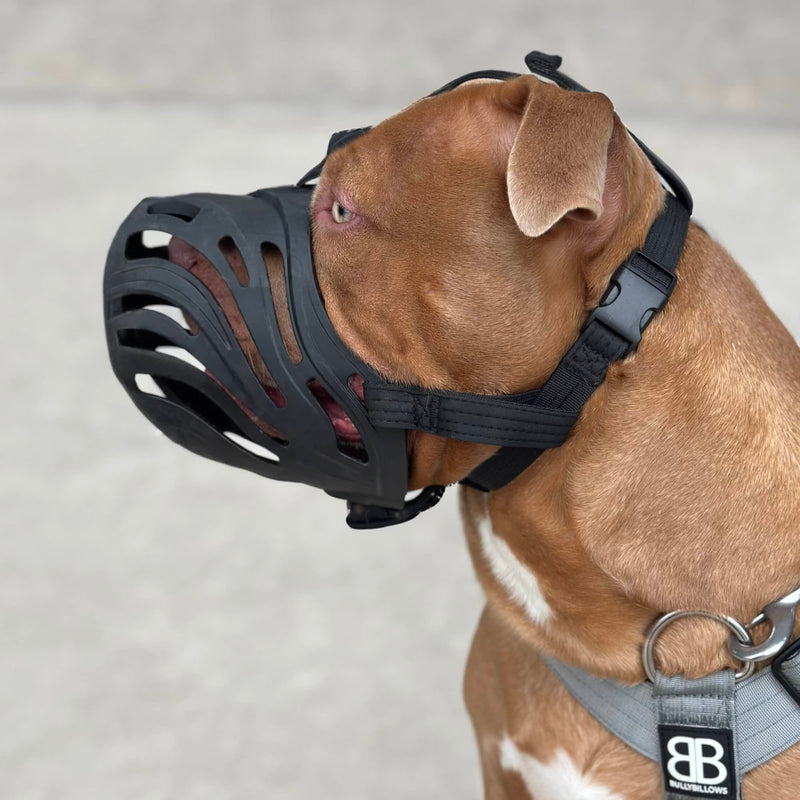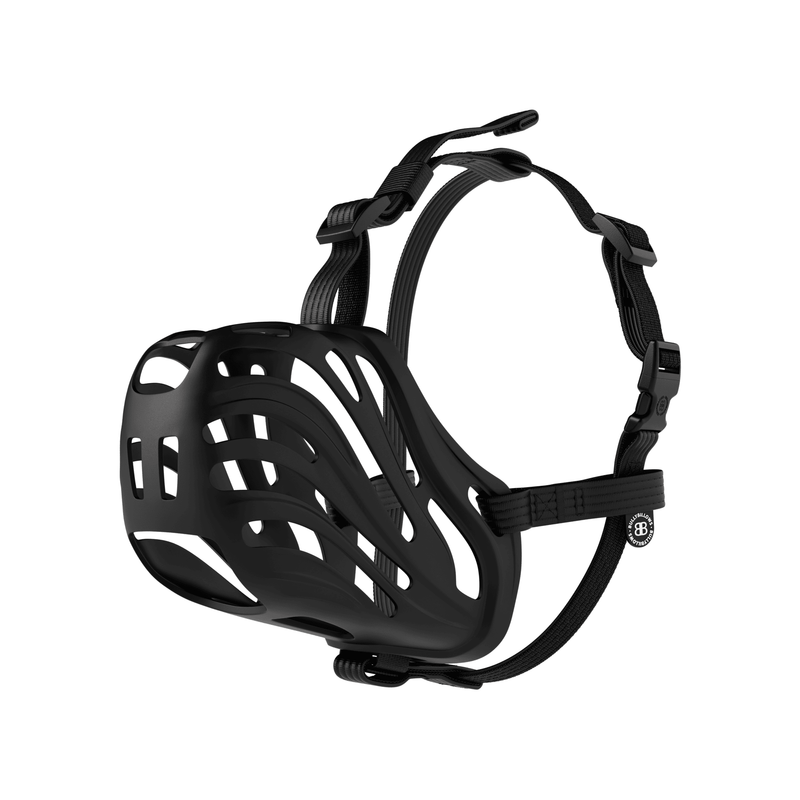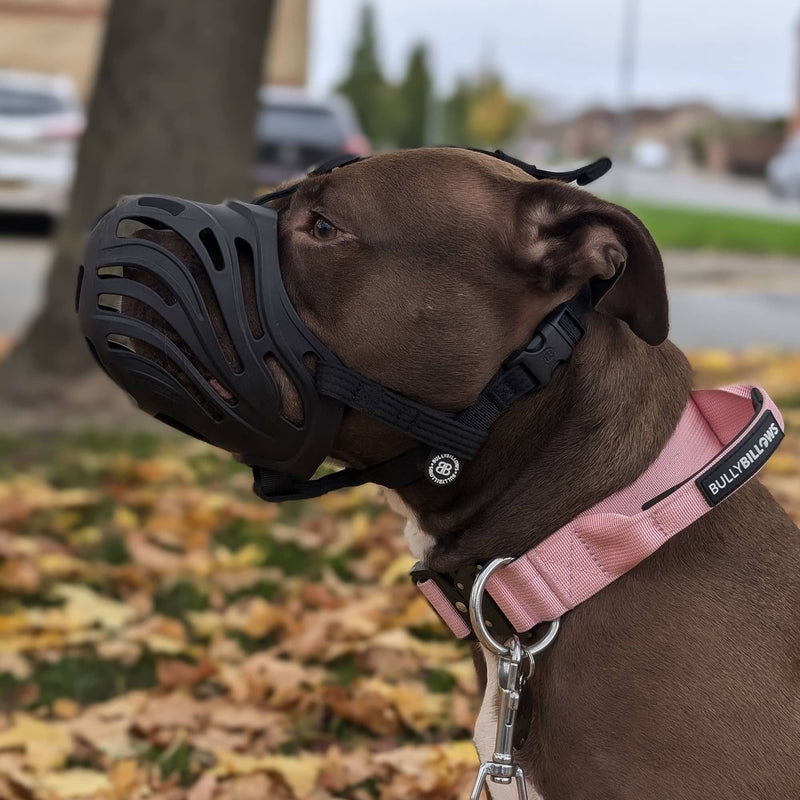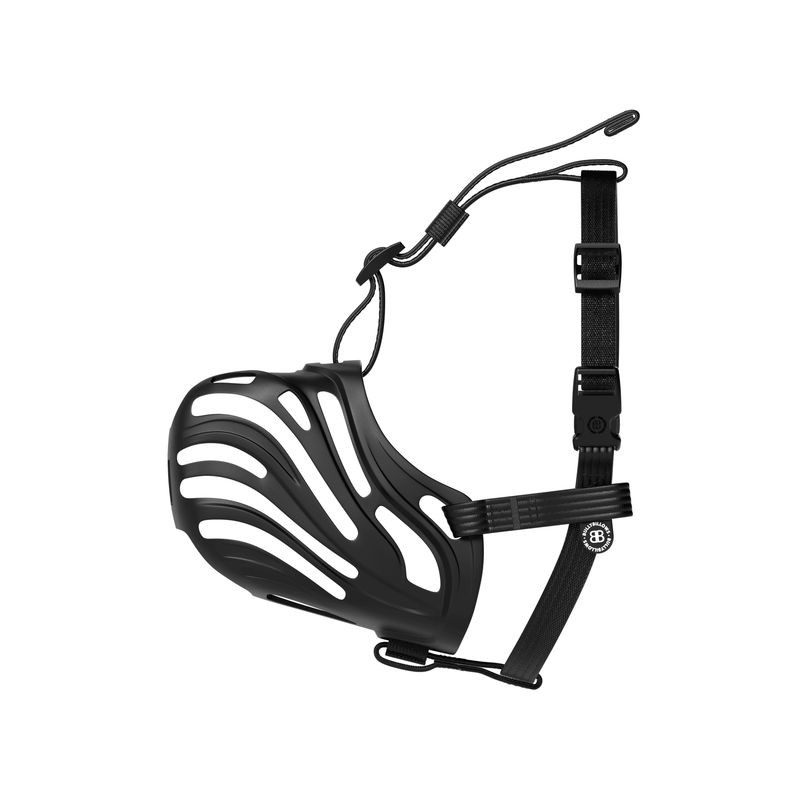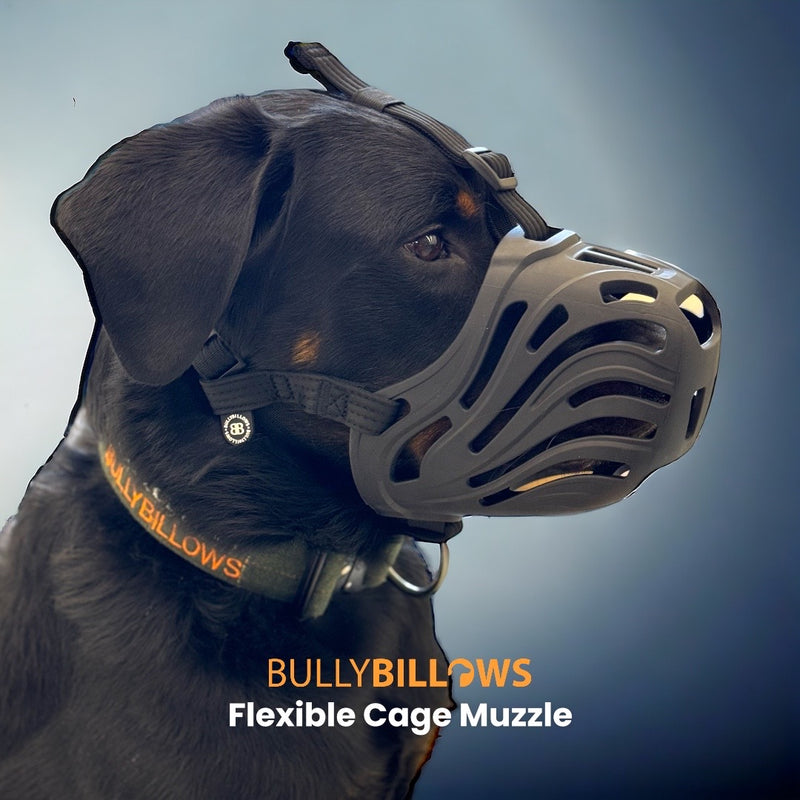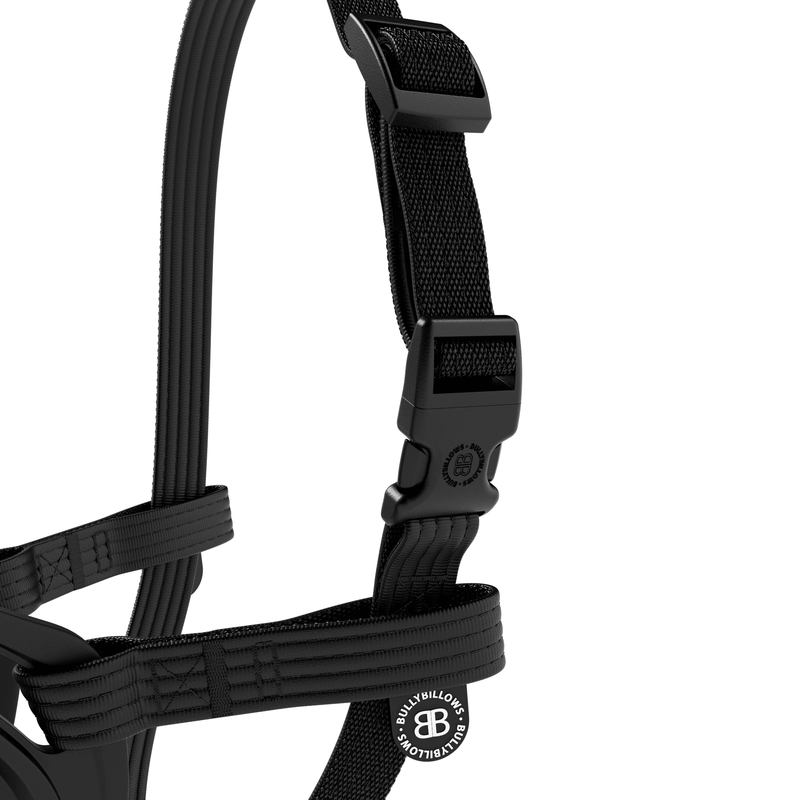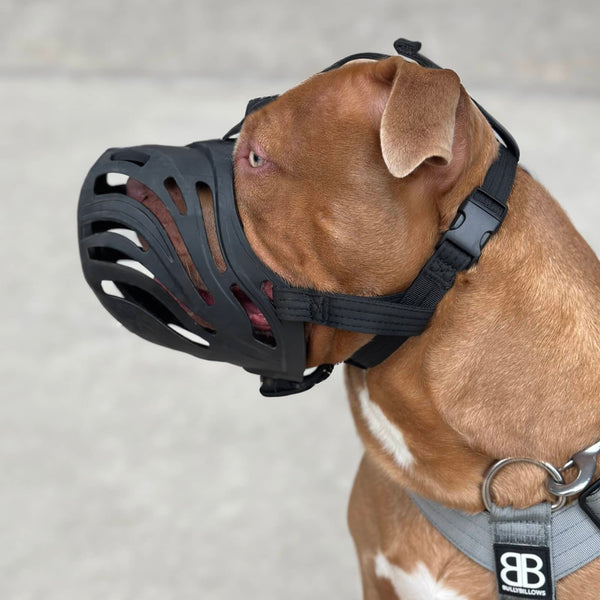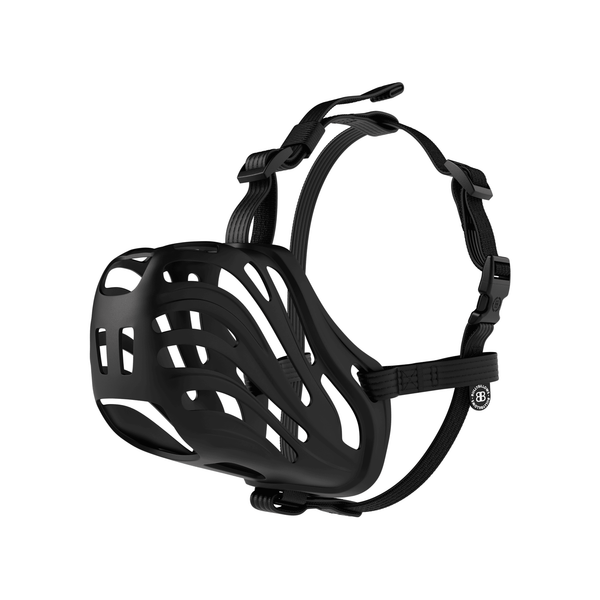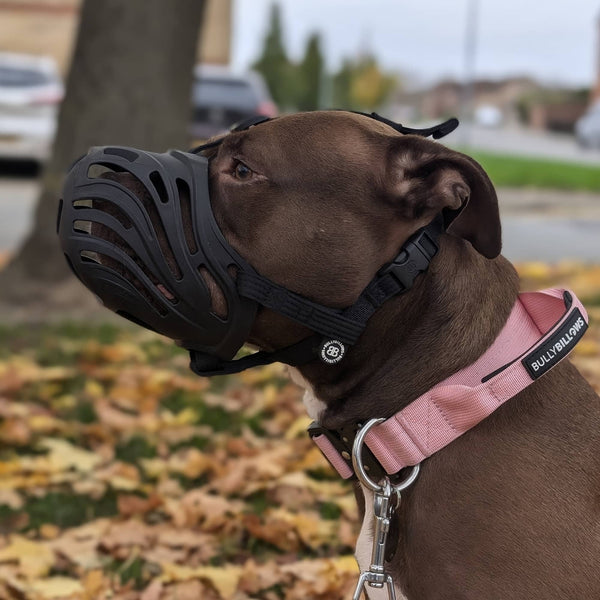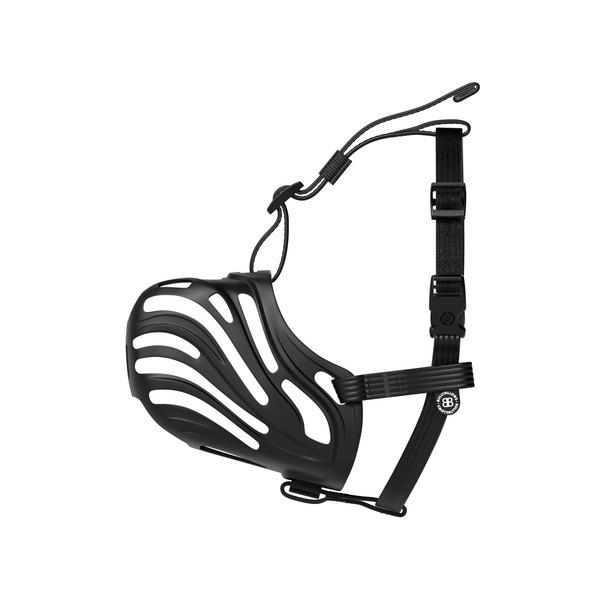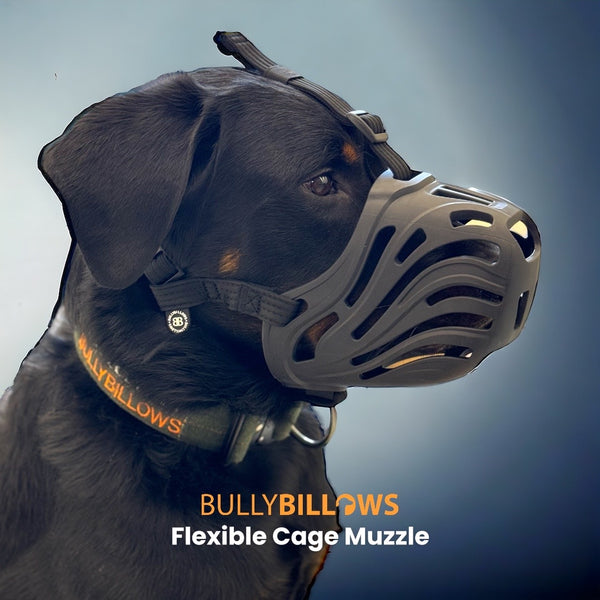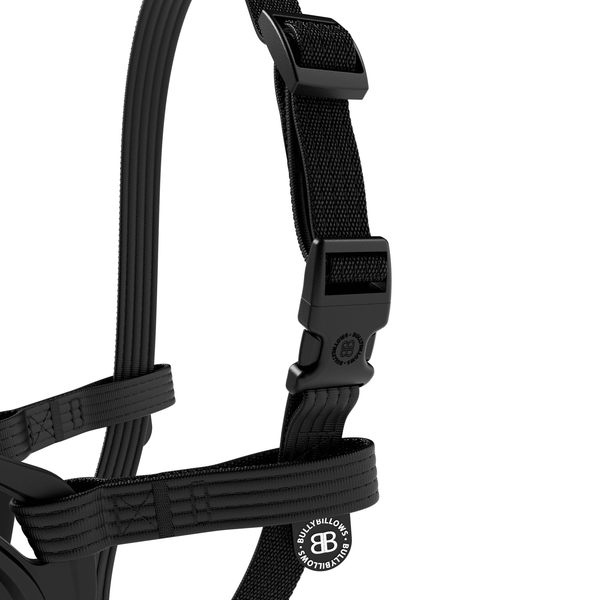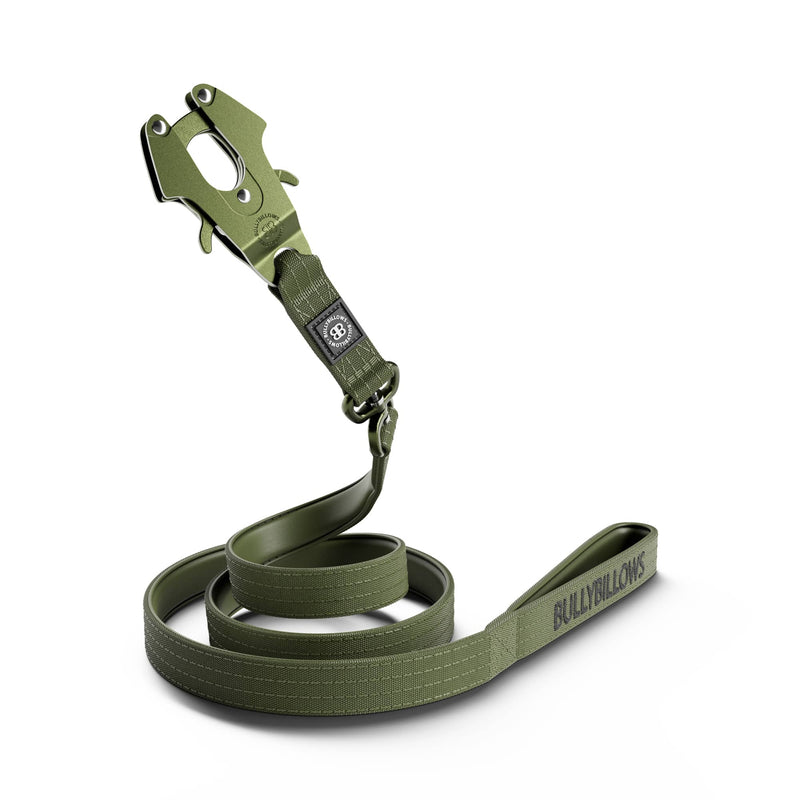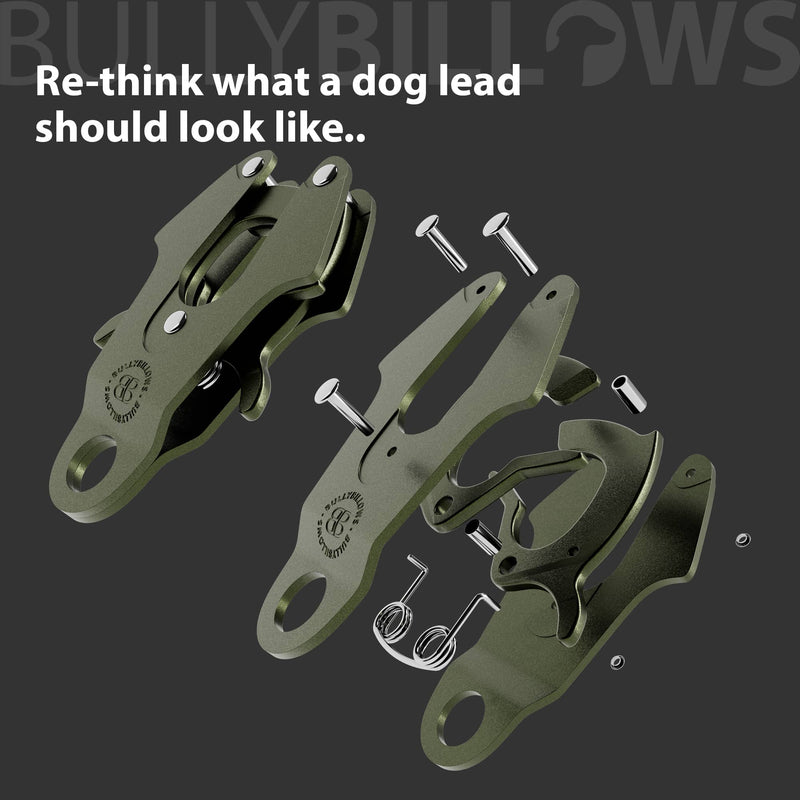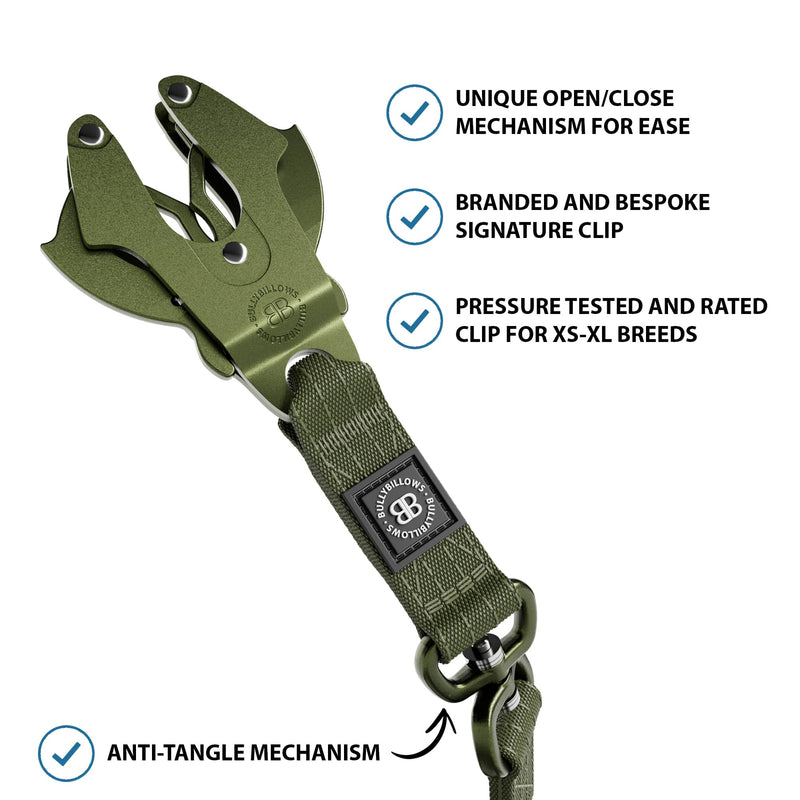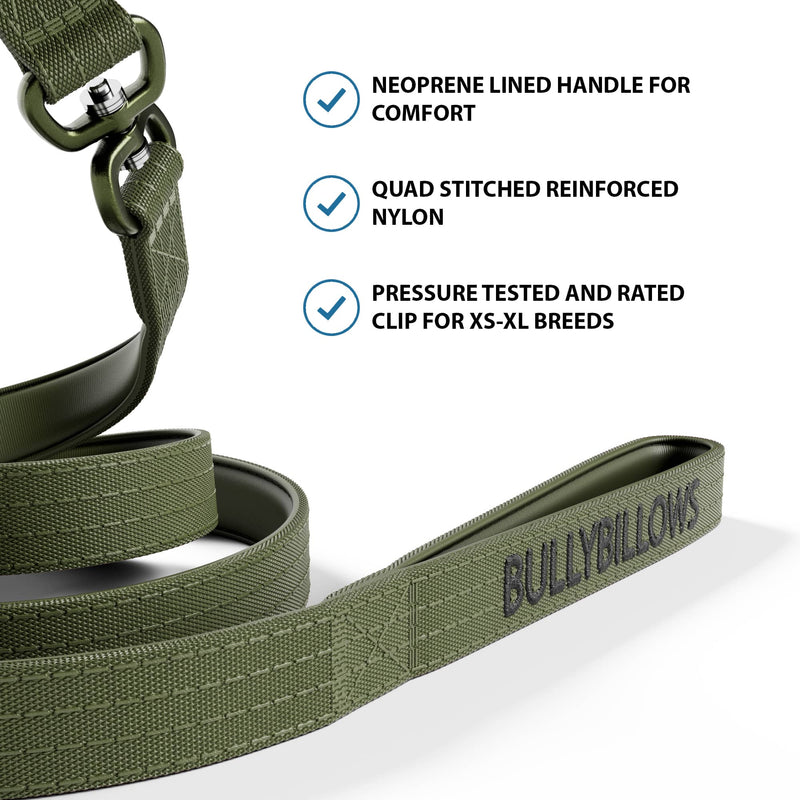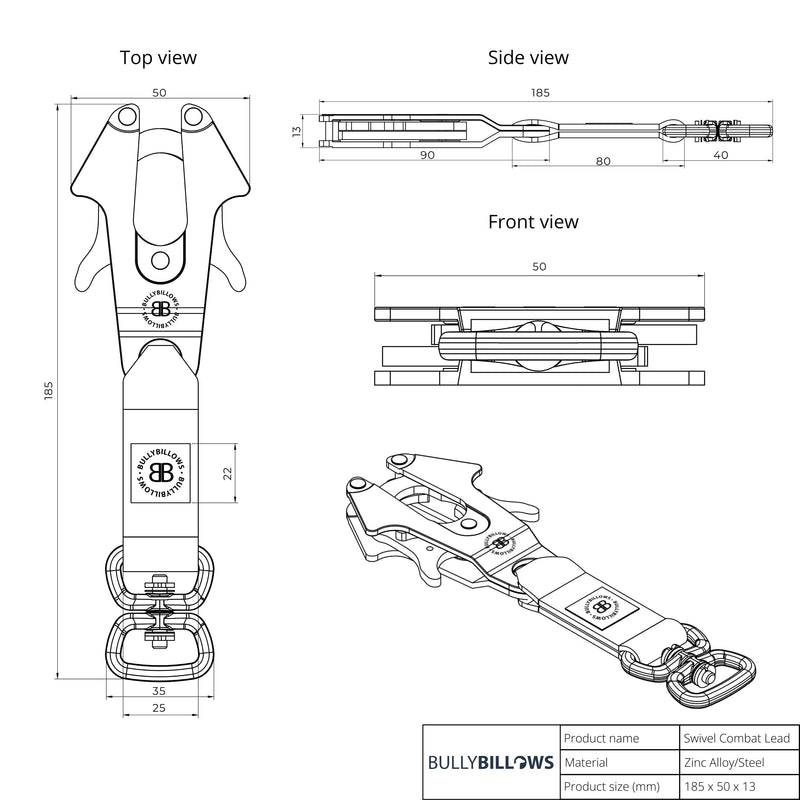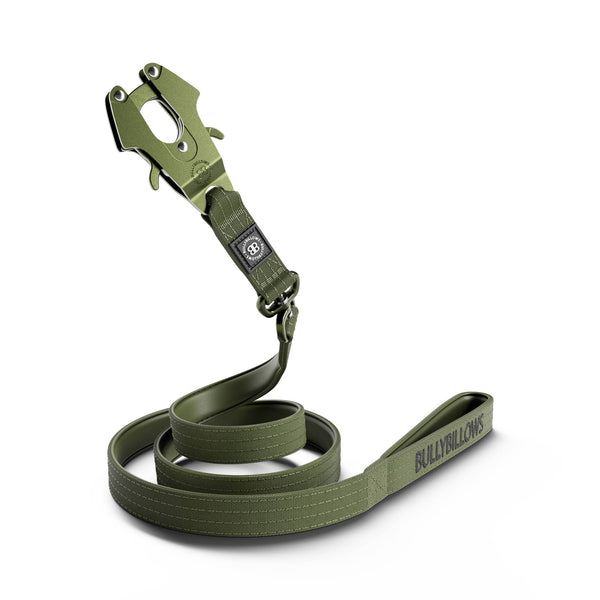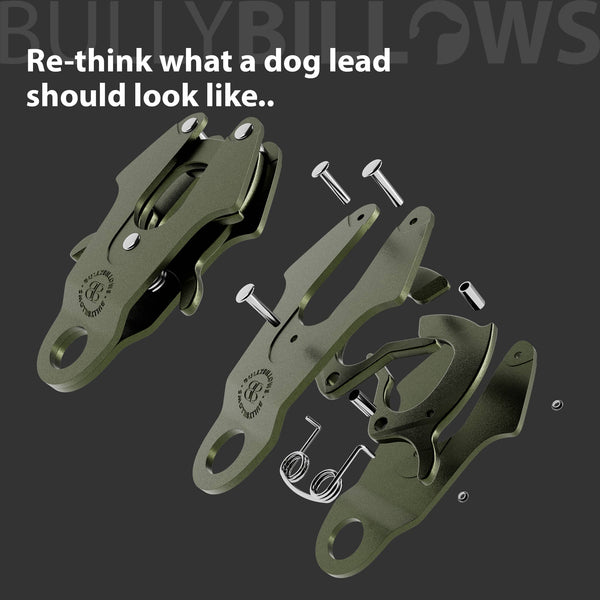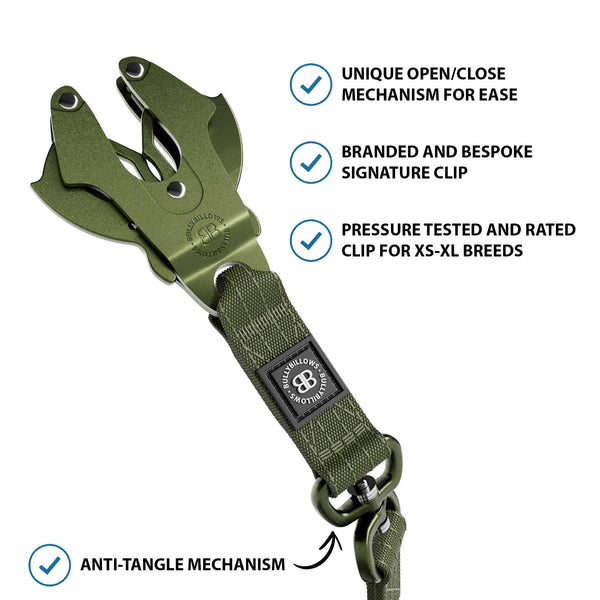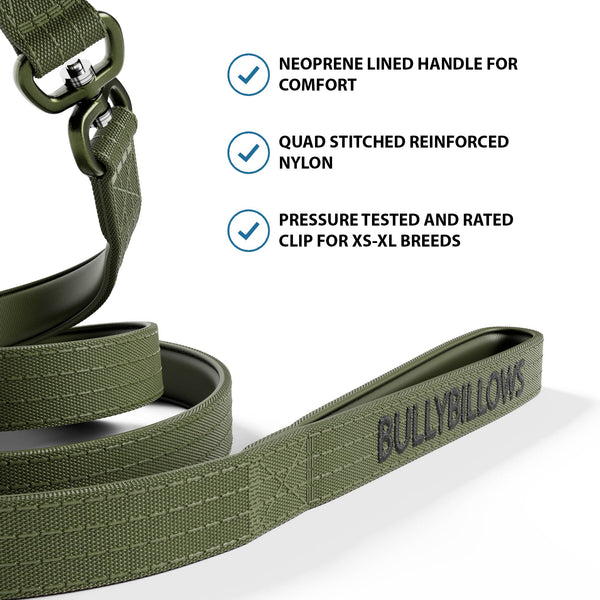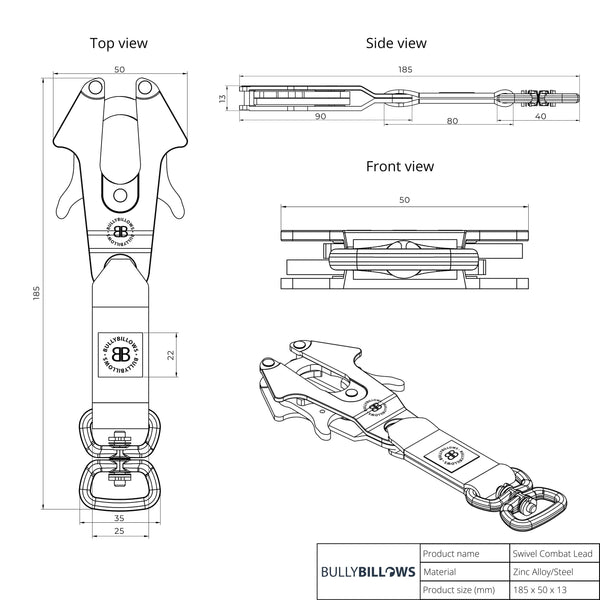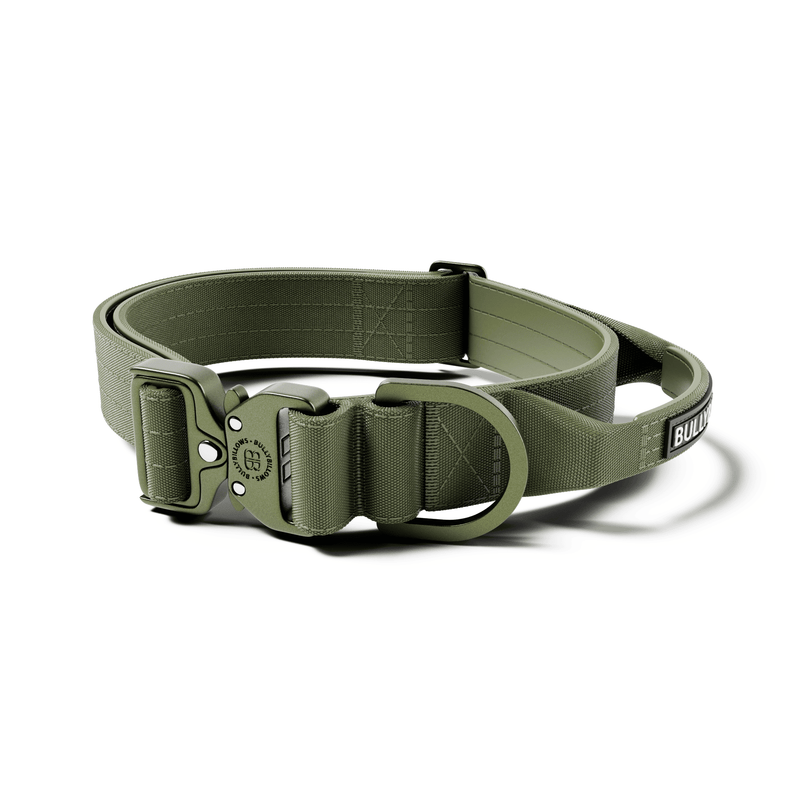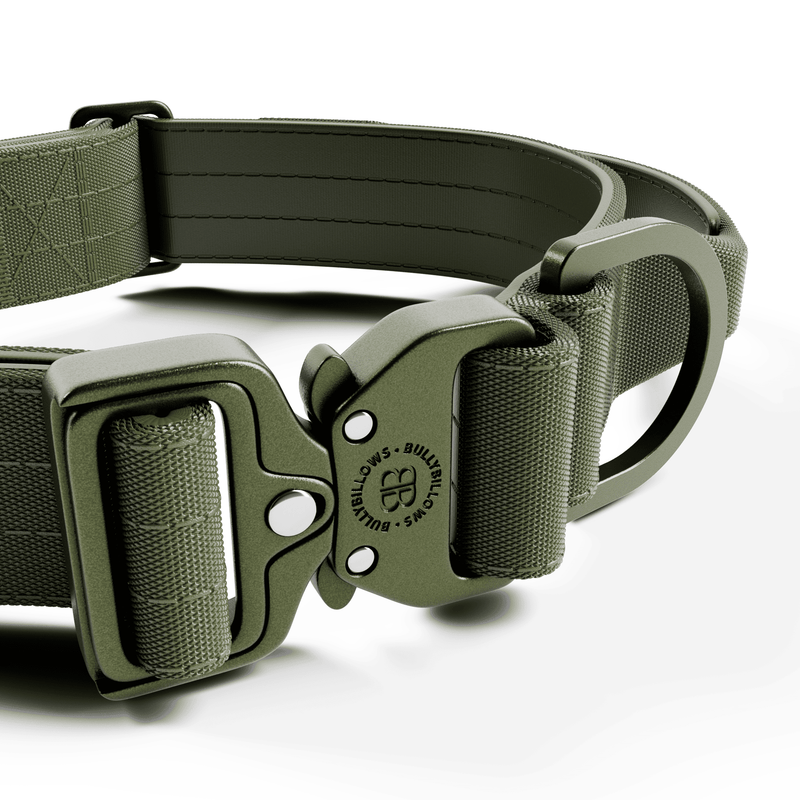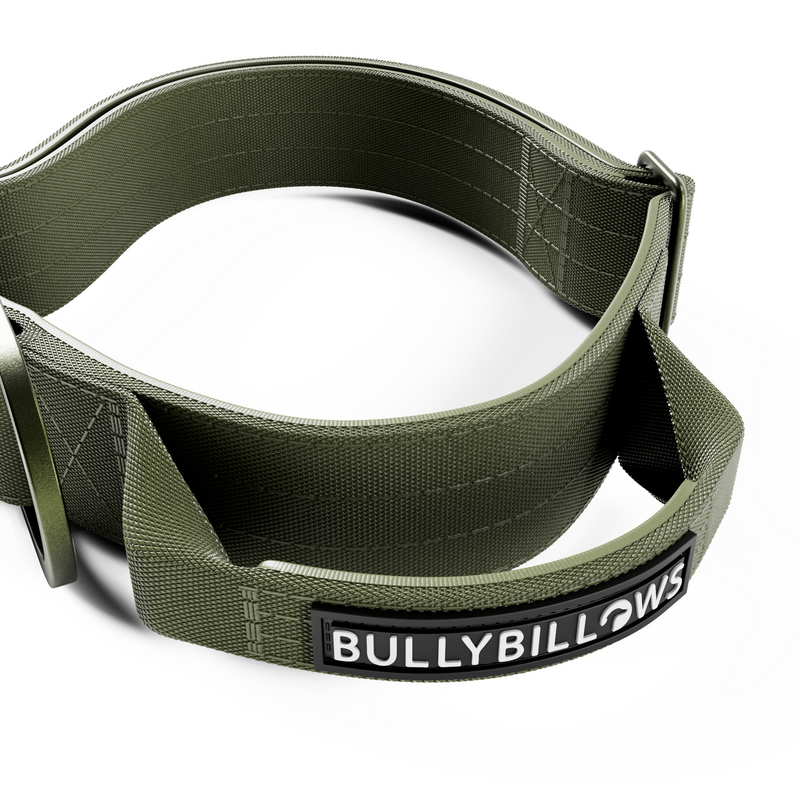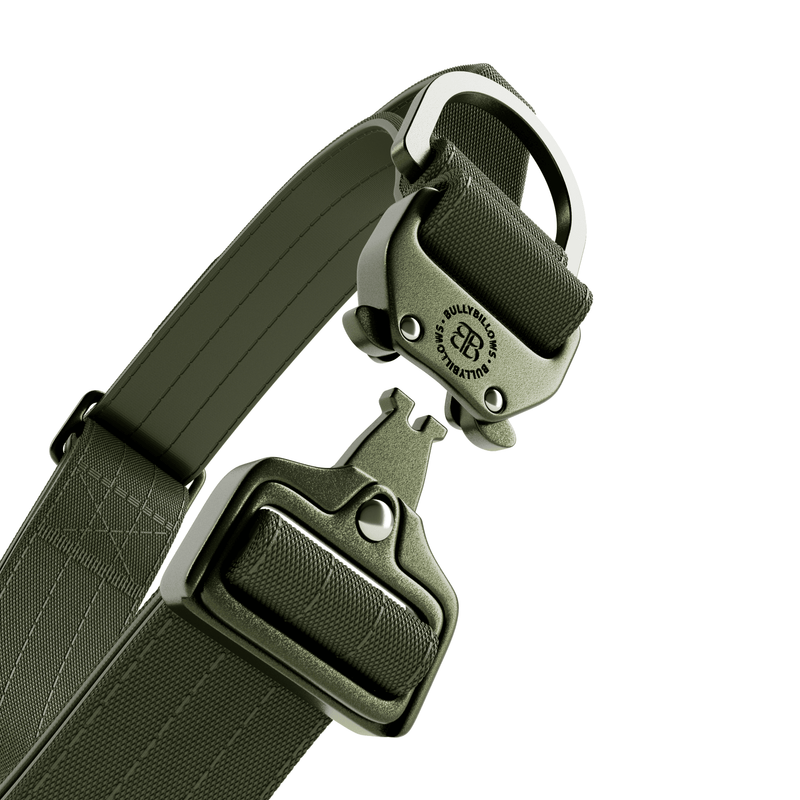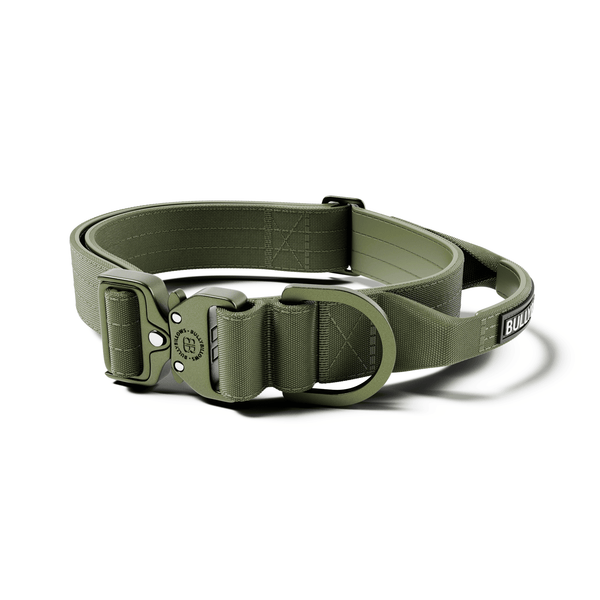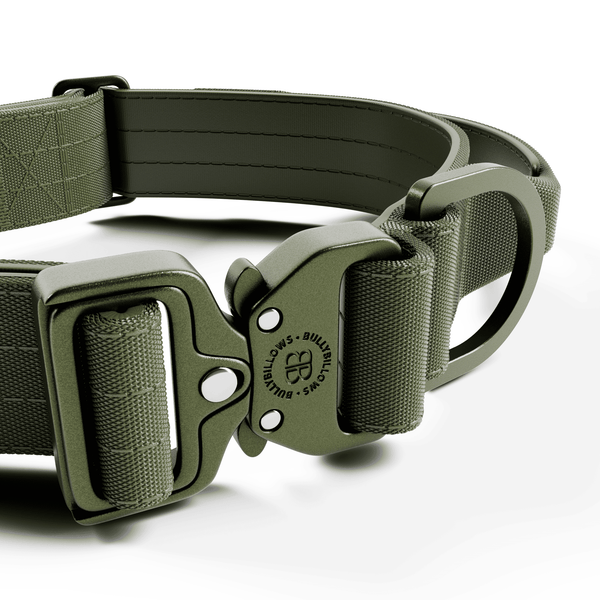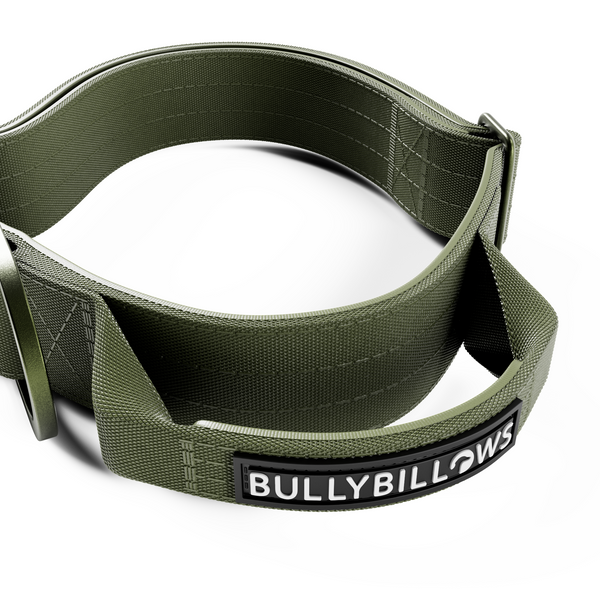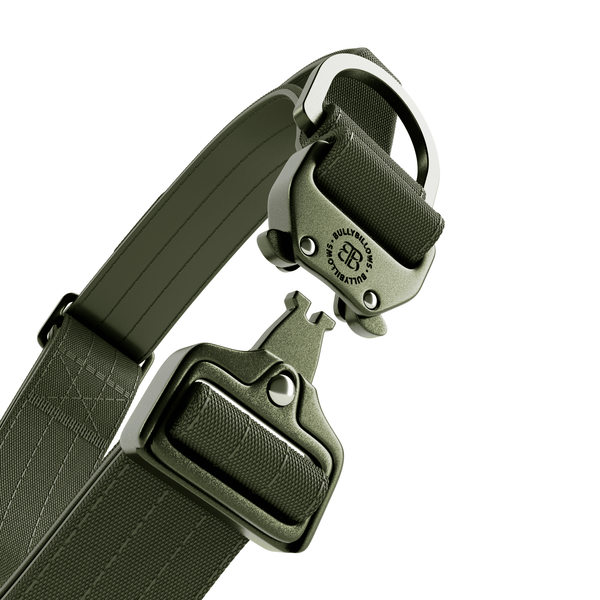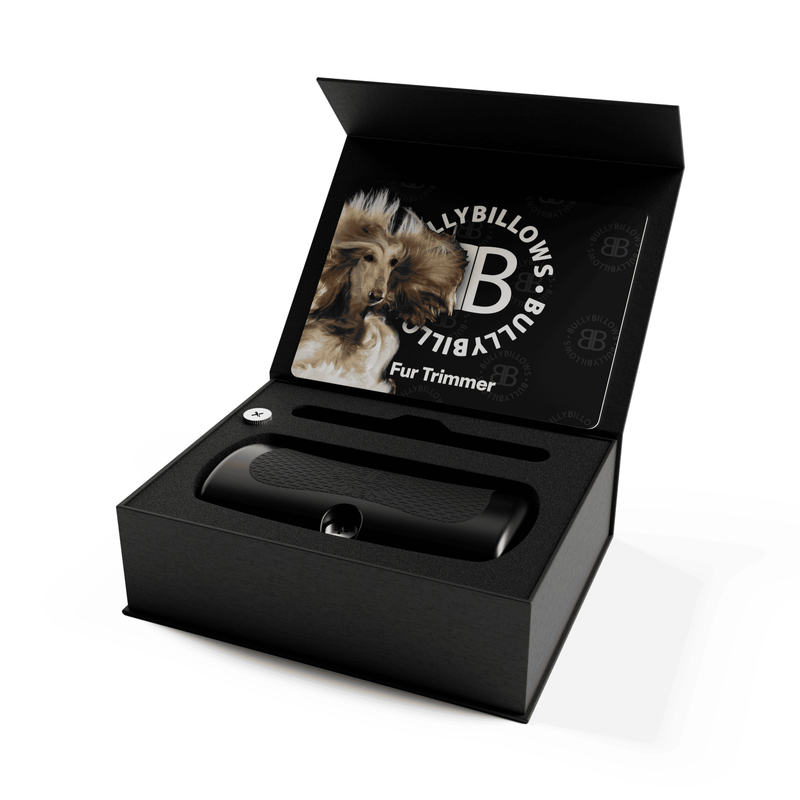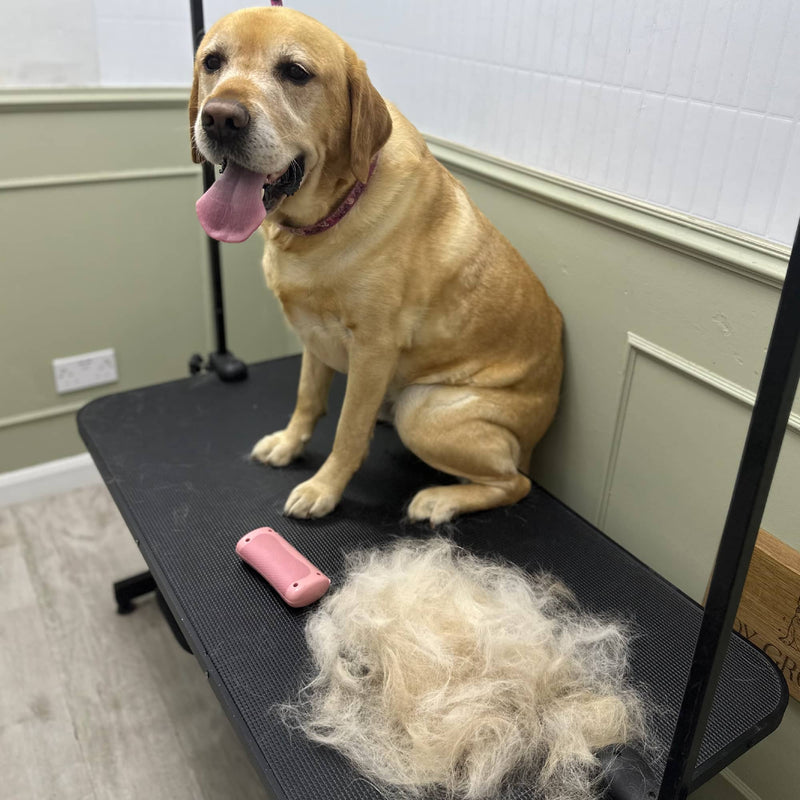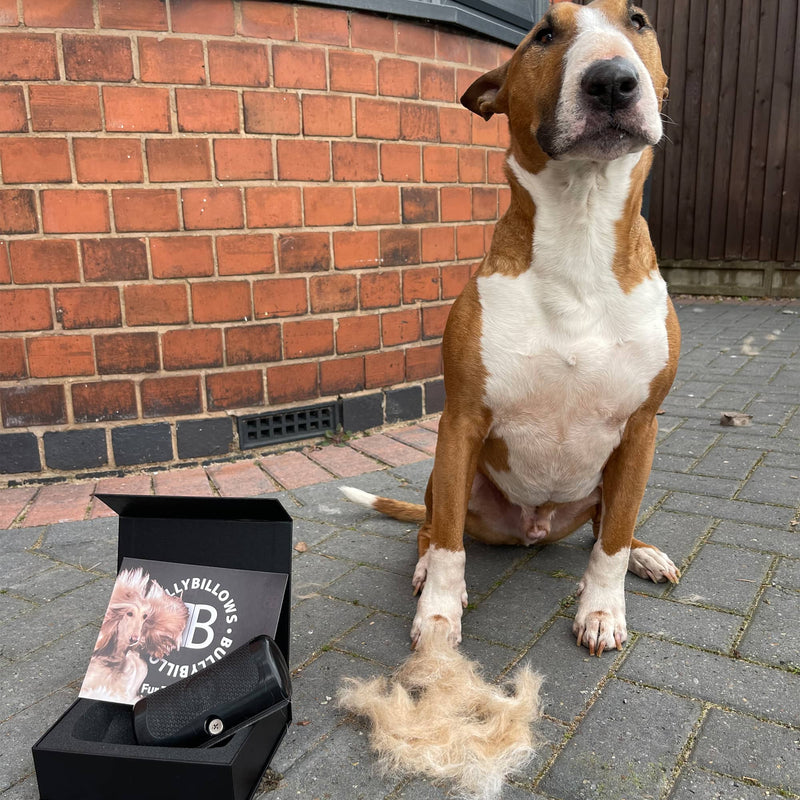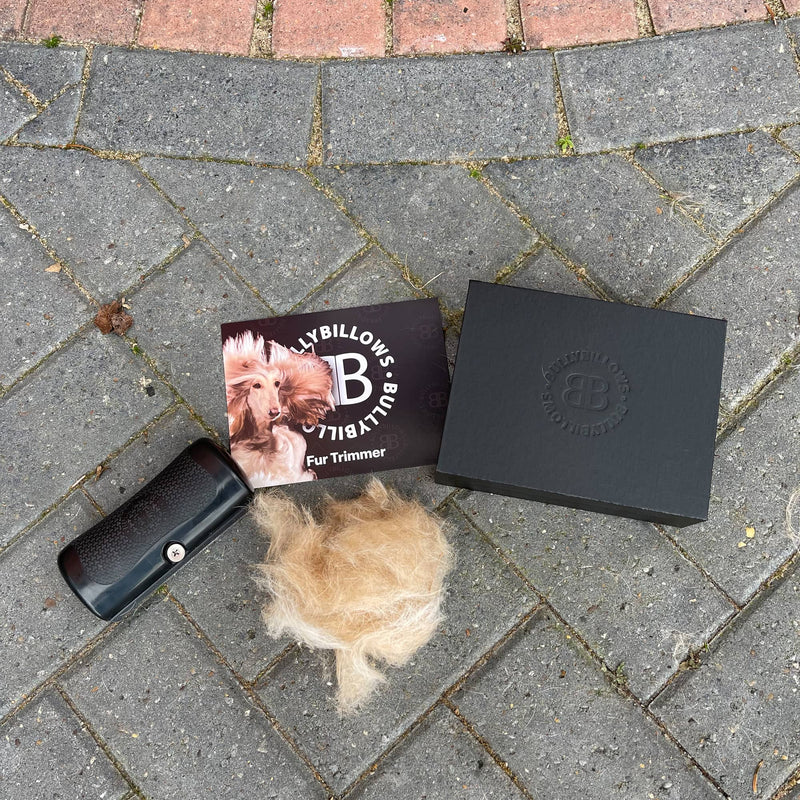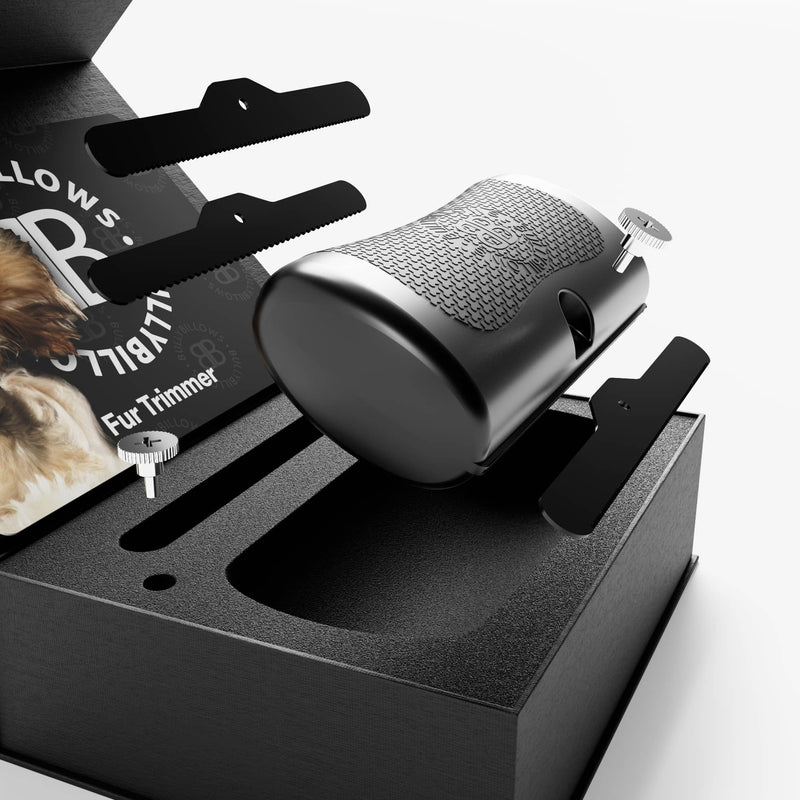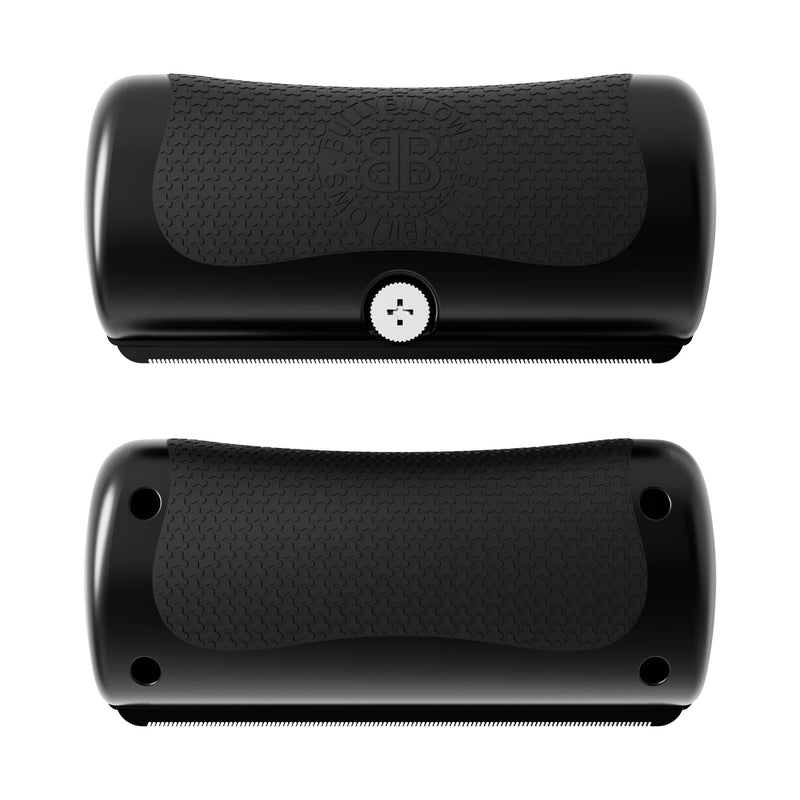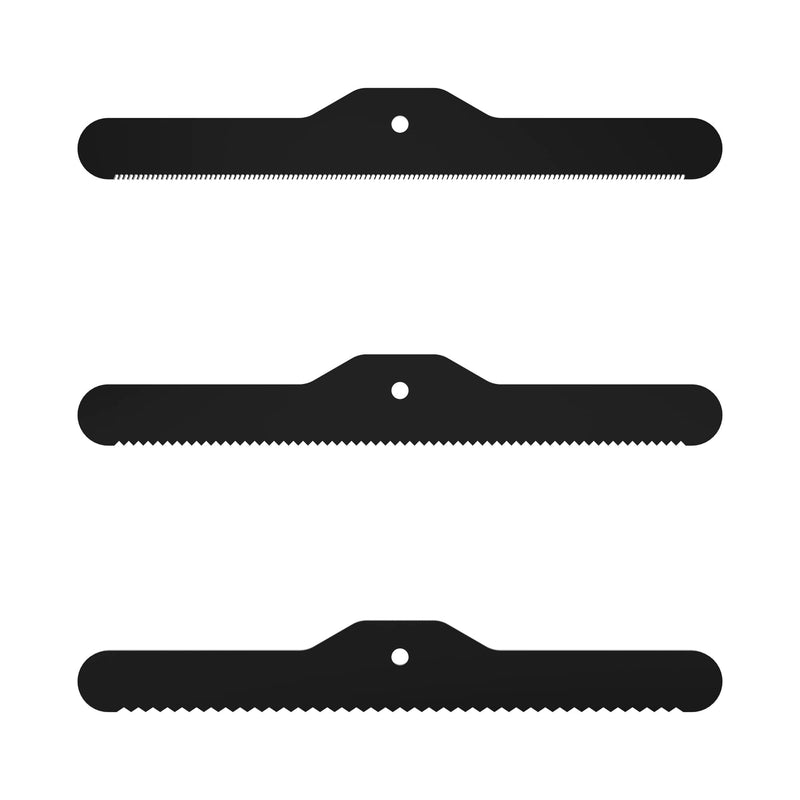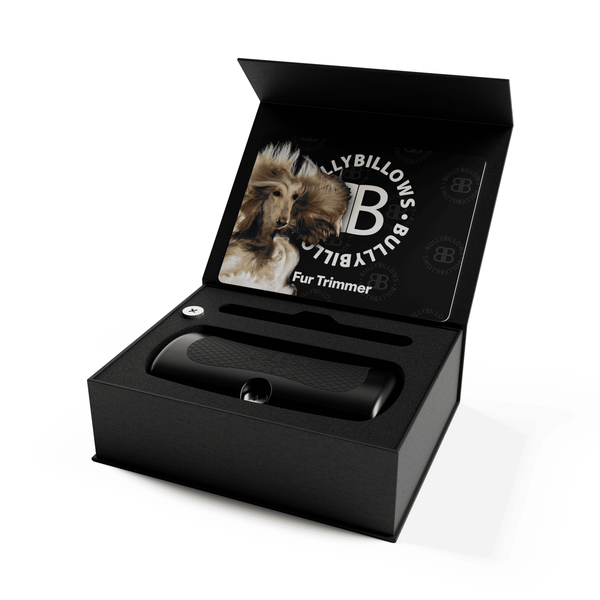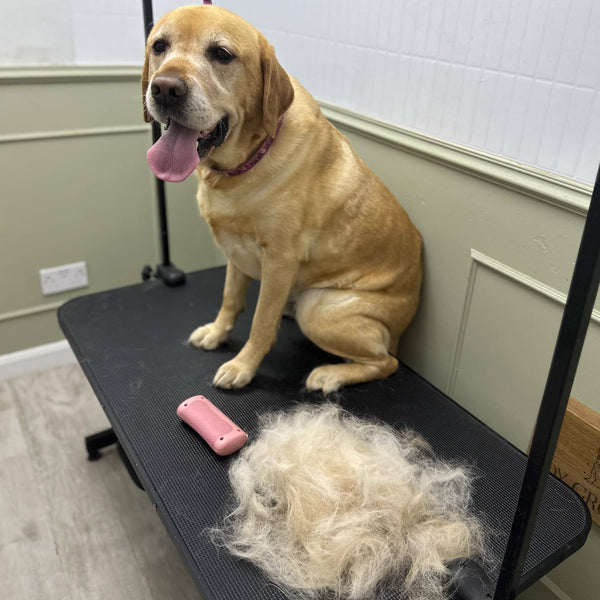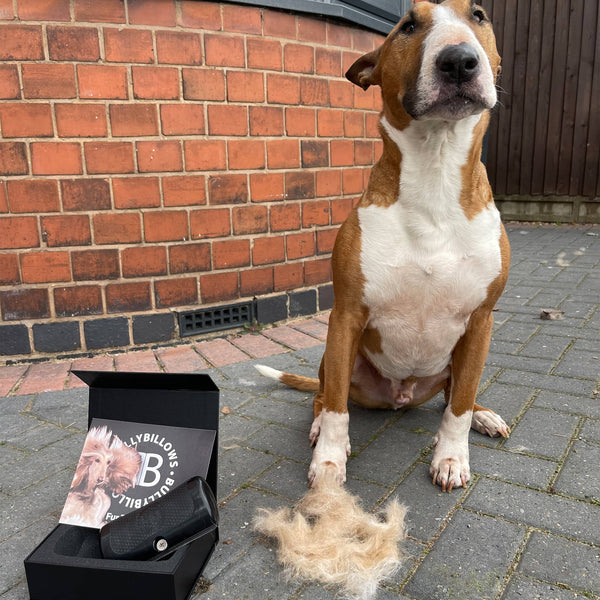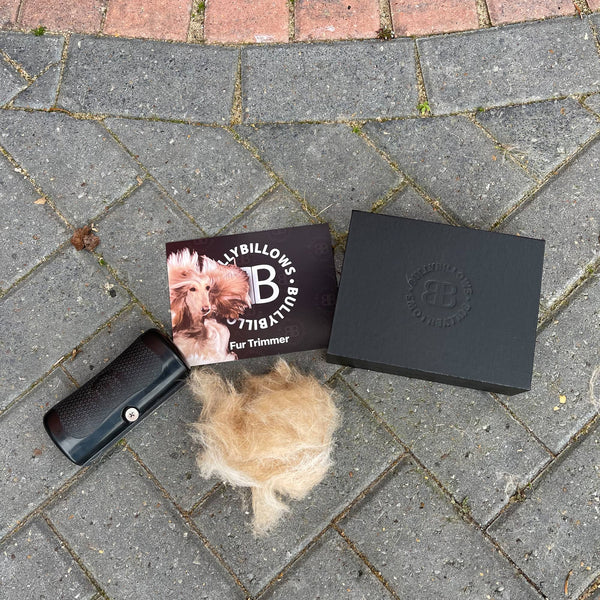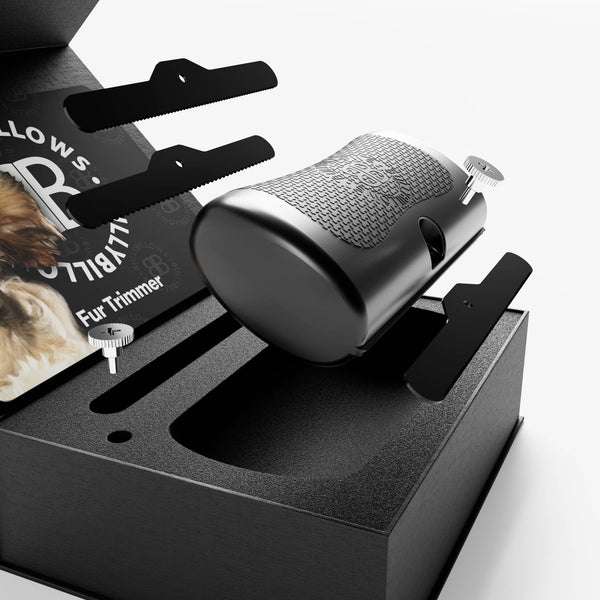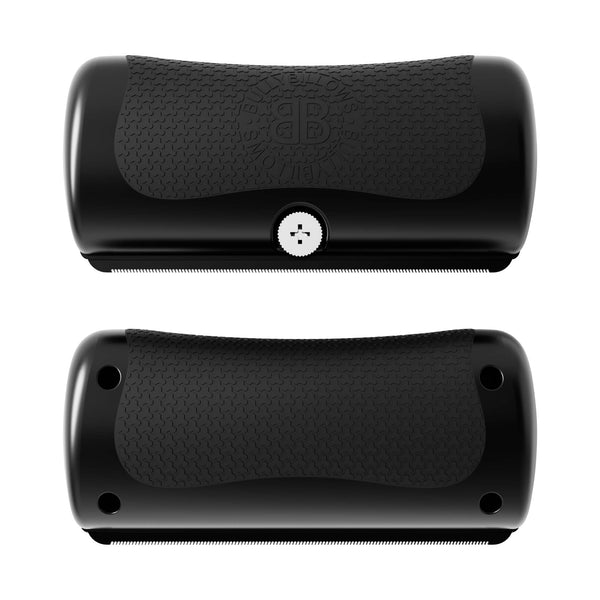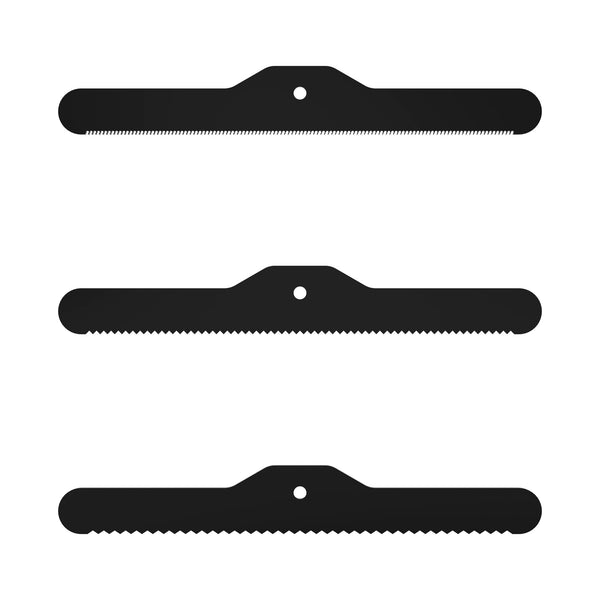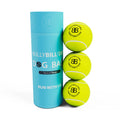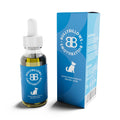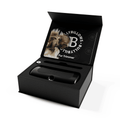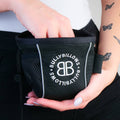Deciding to welcome a dog into your family is one of the most fulfilling and rewarding things you will ever do. And, at the risk of sounding cheesy, it really does make a house a home.
Of course, as a dog mum (or dad), you’ll want to ensure your pet is looked after in the best possible way - just, hopefully, without breaking the bank. And, although owning a dog is a financial commitment, there are ways in which you can save money. You just need to know how to be extra savvy.
In this article, we've organised our advice into different categories, covering tips and tricks on how to save money before getting a dog, along with when it comes to normal expenses such as grooming and dog gear.
We also have included plenty of info on food and health-related advice, as well as general dog owner money-saving tips you might find helpful. So, let’s dive in!
Read on to find out the best ways dog owners can save money…

What is the true cost of owning a dog?
No matter what you’ve read or heard, owning a dog is expensive. It’s everything you think it’ll cost - and then some. Also, how much it’ll cost just to own a dog will depend on several factors, such as location, dog breed, lifestyle, and so on.
So, let’s take a closer look at some statistics about dog ownership costs.
Nimblefins, a leading research and data-driven personal finance website specialising in providing advice and education, has conducted extensive research into what it’s like to own a dog today. According to their findings, it’s safe to say that adding a furry member to the family will set you back roughly £1,875 a year.
That may not seem like a huge figure for an entire year, but remember, it’s an average. This number doesn’t take into account your dog's breed, lifestyle choices, dog gear and home accessories (e.g. dog beds), unexpected costs such as vet bills, and so on. For example, if you own a larger breed, you’ll likely spend more on food than someone who owns a chihuahua.
It’s also important to note that pet insurance can vary massively depending on the dog breed - which is why it’s so important to shop around.
For example, Nimblefins also reported that, on average, people with border terriers in the UK pay roughly £17 a month. On the other hand, if you were to own an English bulldog, the average cost would be £66 a month due to the health-related complications associated with the breed.
Another interesting perspective to look at it from is the overall cost throughout a lifetime. PDSA, a leading vet charity for pets in need, published the following:
- Throughout their lifetime, small dog breeds will cost a dog owner anywhere between £4,600 to £25,000.
- Medium-sized breeds are similar to smaller pups, coming in at around £7,000 to £27,000 over a lifetime.
- Lastly, large dog breeds can cost anywhere from £5,700 to £30,800 throughout their lifetime.
What we will say is - take those statistics with a pinch of salt. Whether it’s preventative measures or creative methods, there’s plenty of dog advice out there worth knowing about that will help you save, which we’ll tell you all about below.
Money-saving tips before you bring your dog home
Consider adoption
If you’re finally ready to start seriously looking for a dog to bring home, we’d recommend adding rescue centres into the mix.
Although you’ll likely have to pay an adoption fee at a rescue centre, it’ll be much less than going to a registered breeder. Plus, rescue homes across the country are filled with dogs looking for their forever home, and you’ll likely find your perfect match waiting for you.
It’s also worth mentioning that in regard to the other bits and pieces that go into getting a dog, such as vaccinations, neutering, and even training, rescue and adoption centres are known to offer these services at a lower cost.
So, we would suggest looking online to find local dog shelters within a reasonable distance of you and chatting with a member of their team.
Give an older dog a second chance
In shelters and with breeders, puppies tend to be a more expensive option than dogs who are a little older. For instance, Dogs Trust has an adoption fee of £280 for puppies, whereas their fee lowers to £225 for pups 6 months and older.
You’ll likely save on the first round of vaccinations that puppies need, plus you’ll be giving an older dog a second chance, and you’ll be able to show them what life’s really all about.

Research your dog’s breed
Always do your due diligence before choosing a dog breed. If you know what health or behavioural patterns are associated with your dog’s breed, you can make plans to handle whatever comes your way accordingly.
For example, smaller dog breeds are prone to developing a luxating patella, which is essentially where the kneecap can quite literally pop out and back into place. It can be painful, and it may require surgery. This usually worsens as they age, so you’ll have time to save or prepare for any potential procedures.
Think twice about a duo
Logically, if you’re wanting to add furry friends to your family, getting two at the same time can make sense for most people. But, be aware that getting two puppies from the same litter, or even around the same age, can result in them developing what we know as littermate syndrome.
This doesn’t always happen, but if it does, it means that your puppies may have various behavioural, social and aggression issues, which can take a lot of time, effort, and money to correct. This is because it usually takes the help of a professional dog trainer.
We’ve actually published a recent article on this, which dives into much more detail on the topic. Click here to read it!
Plan ahead and budget accordingly
If you’re getting a puppy, you’ll need to put some money aside for their initial expenses, such as vaccination injections, training, food supplies and microchipping. And, of course, there are everyday things such as walking attire, dog bowls, beds, blankets, toys… the list goes on!
Plus, if you’re an avid traveller or in the office on either a full-time or hybrid basis, you’ll need to consider additional services that may be essential to you and the well-being of your furry friend, such as a regular dog walker to help with ensuring your dog gets enough exercise.
Ask your friends who are dog owners, talk to the vet you plan on registering with, or simply look online and read around the topic of owning a dog. Really immerse yourself in the information available to you, as it’ll likely be very useful in the future.
Ensure your dog is microchipped
New dog owners may not be familiar with microchipping and believe it’s an optional expense. Well, we’re here to let you know that it’s a legal requirement here in the UK, which, if ignored, may lead to a hefty fine.
Getting your dog microchipped will cost approximately £15, depending on where you are in the UK and the vet practice you use. However, suppose you don’t get your dog microchipped. In that case, you may be fined up to £500 - a considerable difference compared to just getting it done!
Health-related money-saving tips for dog owners
Invest in good pet insurance
Hopefully, you won’t have to use your pet insurance very often. However, if you ever find yourself with an unexpected emergency on your hands, you’ll truly thank yourself for the time and effort you spent finding a reliable and trustworthy pet insurance policy.
Nowadays, there are plenty of options for pet insurance, so you’ll no doubt be able to find a plan that matches not only your dog’s needs but also yours regarding your budget. We recommend shopping around and using comparison websites to find the best value for your pet.
Invest in training and socialising your dog
Although getting your dog trained will likely come at an initial cost, the best way to look at it is from the perspective of it being an investment.
Untrained pooches are much more likely to be destructive, leading to them (potentially) chewing furniture, going to the toilet on carpets or eating your favourite pair of trainers for dinner. Plus, training has various non-monetary benefits for your dog, such as providing much-needed mental stimulation, helping to build their confidence and allowing them to build a closer bond with humans.
If professional training isn’t an option for you at the moment, there are plenty of readily-available resources that can help you master the basics. So, as long as you have the time and patience, and their behaviour isn't dangerous - there’s no reason not to have a go yourself.
For socialising, if classes aren’t a feasible option, why not try visiting a dog park? There’s bound to be one local to you; if not, the alternative is to visit pet-friendly outdoor spaces near you. Meet up with friends who also have furry friends.
Exposure is the best way to help your dog combat social anxiety early on! Just ensure you’re always monitoring your dog’s behaviour for every interaction to ensure you can step in and diffuse a situation should anything escalate.

Regular health check-ups
You may look at your dog and think everything’s fine, making you deem taking them to their biannual check-up unnecessary.
Well, we’re here to tell you that a visual once-over isn’t the same as a trip to a professional, and it’s in the best interest of your dog to ensure that they are seen by a vet at least once or twice a year, even if it’s just for peace of mind.
Ensuring that your dog attends their regular vet visits can help you save money in the long run, as you’ll be able to keep on top of their vaccinations (which are provided annually!) and avoid any unexpected and unnecessary vet bills later down the road, as you would have been keeping on top of anything you need to know about.
Remember, not all health complications are visible, and your dog can’t exactly verbalise if they are feeling under the weather, although you should be able to spot subtle signs most of the time. So, even if it’s just as a precaution - it’s always better to ensure everything is working the way it should!
Get moving with regular exercise
A healthy, active dog is much less likely to develop health complications that can end up taking a financial toll. They have much to gain from regular activity, the same way we humans benefit from regular exercise.
Regular exercise is one of the best ways to prevent illness, aid in weight loss, reduce the risk of heart disease, and even control depression. So, all the more reason to get your pup moving!
The amount of exercise your dog needs to stay healthy will depend on the breed. For example, it’s recommended that smaller dog breeds, such as chihuahuas, should be walked for at least 30 minutes a day, whereas labradors will require 2+ hours of exercise daily to stay happy and healthy, as they are known to be obese-prone.
Keep an eye out for pesky critters
Parasites are naturally drawn to our dogs, no matter how hard we try. After all, their fur coats offer the perfect environment for them to thrive and multiply by the dozen - which is great for them, but not so great for your dog, or you for that matter.
It's important to remember that parasites such as fleas, ticks, lungworms, and roundworms (hookworms, whipworms, and tapeworms) can, if left unnoticed, seriously affect the health of your furry friend - and treatment can cost thousands.
Plus, parasites such as fleas are incredibly hard to remove from soft furnishings (e.g. dog beds, curtains and cushions). This can mean you may have no other choice but to replace various items around your home, which can be quite expensive.
So, it only makes sense to prevent these issues from happening in the first place as a much more cost-effective option in the long run.

Use precautionary methods
We’ve said it before, and we’ll say it again. Where possible, always try to find precautionary methods, as it may help you with future costly appointments which could have been avoided!
For example, if you are the proud owner of a dog breed who happens to live with dysplasia (a common genetic trait found with various breeds that causes joint problems), it’s recommended to introduce omega 3 or fish oil into their diet. Nothing too complex. Simply add a little on top of their food at dinner time. This is thought to ease inflammation, potentially saving you a few vet trips.
Another example is, of course, keeping things that are potentially harmful to dogs out of reach. This will depend entirely on your dog, but if you have a particularly food-oriented pup on your hands who seizes any opportunity to satisfy their cravings - try not to leave chocolate on the coffee table, or you can bank on the fact it’ll be gone, and you’ll find yourself frantically on your way to the vets shortly after.

Food-related money-saving tips for dog owners
Have a go at making dog treats
It’s no secret that dog treats can be pretty expensive. So, why not have a go yourself? You’re bound to whip up something your dog finds delicious, and it’ll likely be much healthier for them when you’re in control of the ingredients.
We suggest asking your vet, as some ingredients are a big no-no for dogs, so they’ll likely be much more in the know about what kind of DIY treats are the best for dogs. Alternatively, browse online to find interesting recipes that can be easily followed.
Frozen yoghurt treats are popular for healthy DIY dog treats. Take your frozen yoghurt (ideally a sugar-free one!), mash in some dog-friendly fruit, and leave it in the freezer for a few hours. Voila! You’ve made healthy, dog-friendly treats at home.
Take a closer look at the dog food you’re buying
Always opt for nutritious food, even if it comes at a higher price.
As we’ve mentioned throughout this article, a healthier, stronger dog will be much less likely to run into health complications down the line, which can often lead to costly medications and sometimes even procedures. Plus, it’s just better for your dog. A healthier diet will keep your dog happy.
The best way to ensure you’re purchasing healthy dog food is to consider whether it is free from fillers, artificial preservatives, and meat-by products. For example, if the dog food lists ‘meat-by products' as an ingredient, it’s filled with disregarded, non-nutritious meat from animals - which will have virtually no value to your dog.
You can always make your own dog food at home, as we recommend for dog treats. Alternatively, research into reputable dog brands that prioritise producing healthy and nutrition-dense foods for canines. Raw dog food is on the rise due to its health benefits for pups, but check with your vet first, as it may lead to an upset stomach!
Pay attention to portion control
All dog owners will know how easy it is to overfeed a dog. Those puppy eyes are hard to ignore, making it all too easy to slip them a treat or two. But ensuring that your dog sticks to a diet that doesn’t include consistent over-eating will be much better for them and you in the long run.
An overweight dog can develop various health-related problems, which can be pretty expensive to rectify. Plus, a dog that suffers from preventable weight-related issues, such as arthritis, diabetes and breathing problems, won’t be as happy and thriving as they could be!
Our advice would be to measure out their meals and check the recommended portion guidelines. Most dog food brands will lay out instructions, which are defined by the size and weight of your dog.
Buy what you can in bulk
Dog food is something you’re always going to need in the house. So, one of our next cost-savvy dog tips is to buy what you can in bulk. Your future self will thank you for it!
Some dog brands will offer discounts for items purchased in bulk; if not, keep an eye out for discount codes. For example, if you’ve found a type of dog food that your dog loves and is full of nutritional value, subscribe to the brand's website. You’ll likely receive an email every so often that contains a code to help you get money off your order.
Grooming-related money-saving tips for dog owners
Learn how to do it yourself
If you own a long-haired pooch, you’ll likely know all too well just how much frequent grooming appointments can add up. So, why not have a go?
You’ll need to invest in the dog grooming essentials first, such as clippers, scissors, dog shampoo and brushes, but in the long run, you’ll undoubtedly save so much by just doing it yourself.
If you feel uncertain about it, though, we recommend sticking to a professional groomer for sensitive areas (e.g. ears and nails. Although aside from that, washing your dog should be okay.

Brush their gnashers!
According to Frontier, a publisher of peer-reviewed journals, a whopping 80 to 89% of dogs over the age of 3 have what’s known as periodontal disease, which is an infection found in the gum tissue, causing inflammation and, eventually, losing teeth.
Now, dental care is expensive, with a scale and polish averaging out at around £149 to £500+ here in the UK. So, if there’s any way you can save money - it’s by ensuring your dog’s teeth are looked after.
So, how can you avoid or minimise problems with your dog's teeth as they age? See below.
- Teeth brushing - it’s recommended that dog owners start brushing their dog's teeth as a puppy to get them used to the sensation. Use meaty toothpaste for maximum happiness.
- Chew toys - arguably the most fun way for your dog to keep their teeth healthy; chewing is naturally how dogs clean their teeth, helping them to scrape plaque away.
- Dog dental spray - it may be momentarily unpleasant (depending on the dog), but it’ll help remove bacterias that help plaque thrive.
- Dental sticks - great for minimising any build-up of plaque and tartar, and they also encourage healthy blood flow through the gums.
General money-saving tips for dog owners
Ask around for recommendations on local dog care and walking services
If your job requires you to be out of the house for long periods throughout the day, a dog walker will be an essential service for you. So, we’d highly recommend asking friends and family in similar situations who they use to look after their dog when they’re out. You never know - you may even get a discount!
Plus, different doggy daycare services and walkers will have their own hourly rates, and some will even offer discounts if you have more than one dog. And, of course, you’ll want to go with someone trustworthy, recommended to you by someone you know who has the correct licensing. So, always look around before committing to a service, as you may have found a better deal elsewhere.
Share expenses where possible
If you have people within your close circle that are also dog owners, consider sharing expenses where it makes sense. Here are some great ways in which you can do so:
- Dog boarding - going on holiday? Ditch the kennels and dog sit for each other whenever one of you is away.
- Grooming supplies - share the expense of grooming equipment and invest in one set you can both use.
- Dog care - if you both have one dog each, look into whether or not your dog sitter offers a discounted rate for two pooches.
- Share dog gear - if one of you has dog gear that isn’t used for whatever reason, consider swapping items with one another. For example, a puppy harness that no longer fits your dog may be useful for them.
- Food - check with each other to see if anything is needed when purchasing essentials, such as dog food. Buy in bulk at a discounted price, and split the cost.
Quality over quantity
We know all too well how tempting it is to splurge on toys for our dogs, but this can add up quickly. And even if you spot some toy options that are exceptionally low priced, it’s still important to consider the quality of the toys themselves.
For example, are they made from durable materials? Will your dog chew through them in seconds? If the answer is yes, it’ll likely end up being a waste of your hard-earned money.
When it comes to dog toys (and even all types of dog stuff), we always recommend opting for quality over quantity. It’ll likely come at a higher price to start with, but whatever you purchase is much more likely to stand the test of time if it’s made from durable, high-quality materials.
Always invest in quality dog gear
If there’s one thing to invest in that’ll save you money in the long run, it is dog gear. We’re talking about the absolute essentials, such as collars, harnesses, I.D. tags and leads.
When your dog is out and about, ensuring they have access to quality gear that’ll support them and keep them comfortable is invaluable and incredibly important, not only to their well-being but also to your wallet! Invest in poorly crafted gear, and you risk prematurely replacing these items, which are required daily.
Save yourself time and money by investing in purpose-built quality dog gear. And at BullyBillows, that’s something we happen to specialise in.

Shop our Hurricane Harness range today.
BullyBillows: the home of premium quality dog gear
We hope you’ve found tips and tricks to save you money both in the short term and long term useful. And remember, if you’re looking for dog gear that provides exceptional value for money and that’ll last for many years to come, look no further than BullyBillows.
We’re passionate about producing dog gear that meets the needs and requirements of both dog owners and their beloved pups. That’s why we’ve spent a tremendous amount of time and effort perfecting our product ranges, with something guaranteed to suit every breed and owner.
From quality dog harnesses uniquely designed to provide exceptional comfort to dog collars, dog leads and dog accessories crafted to put the control back into your hands without restricting your dog’s movement, we’ve got you covered.
Browse the rest of our website today to find the perfect dog gear for your pooch at fair and affordable prices.


